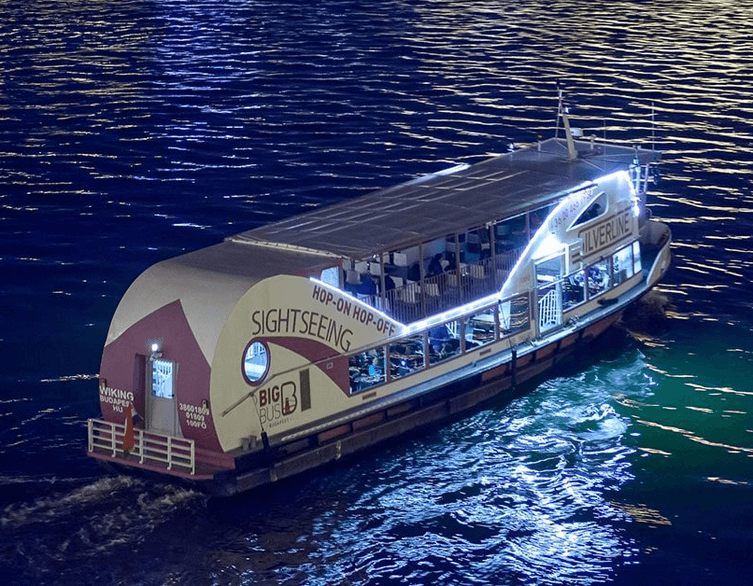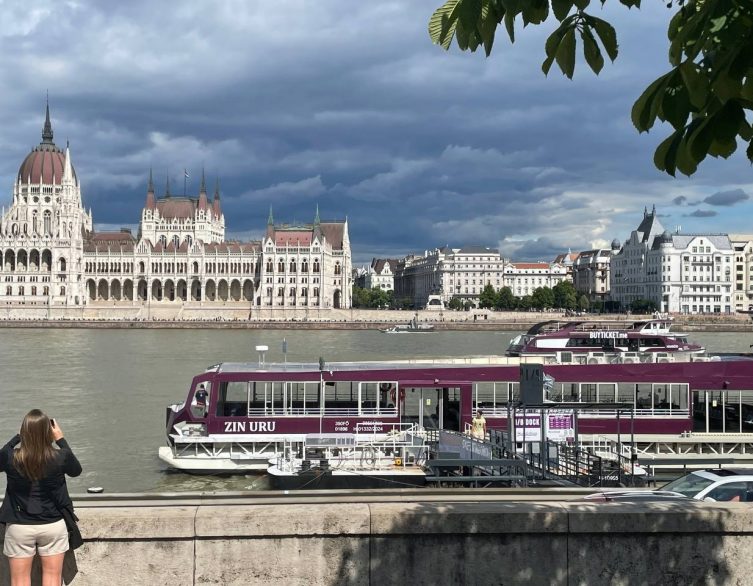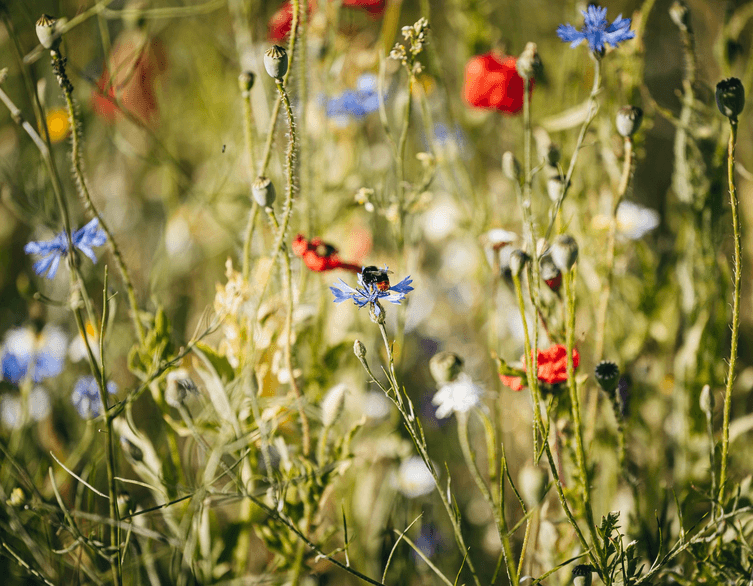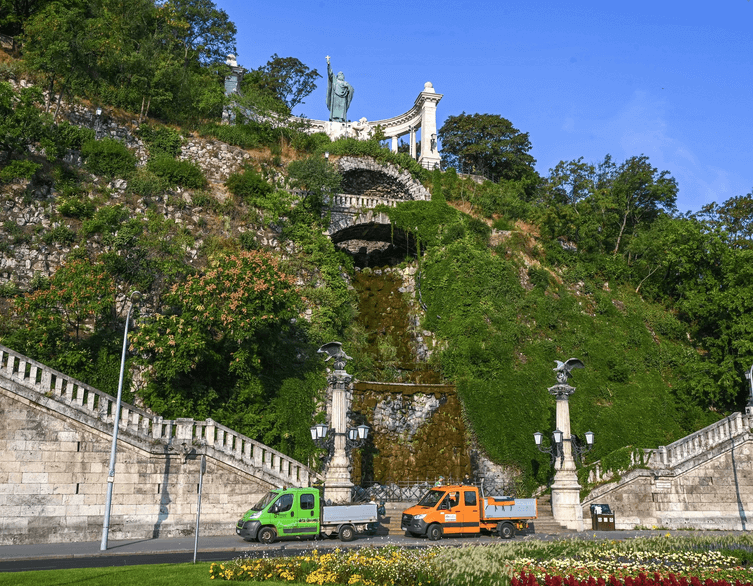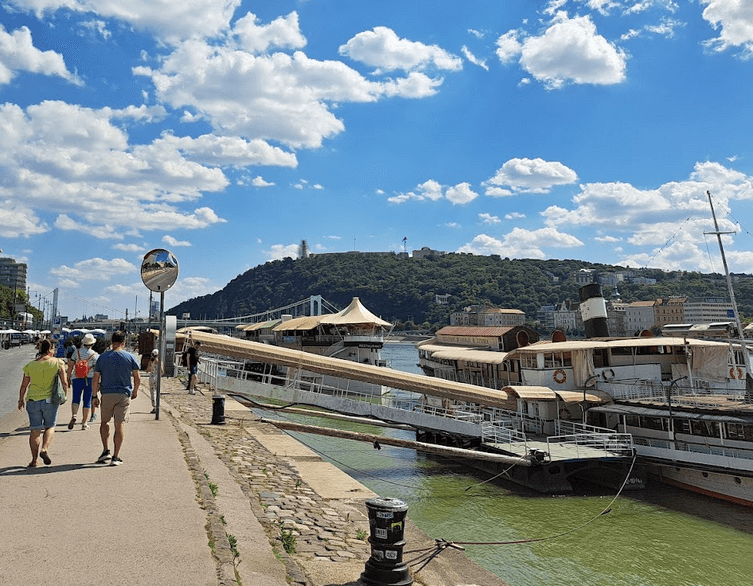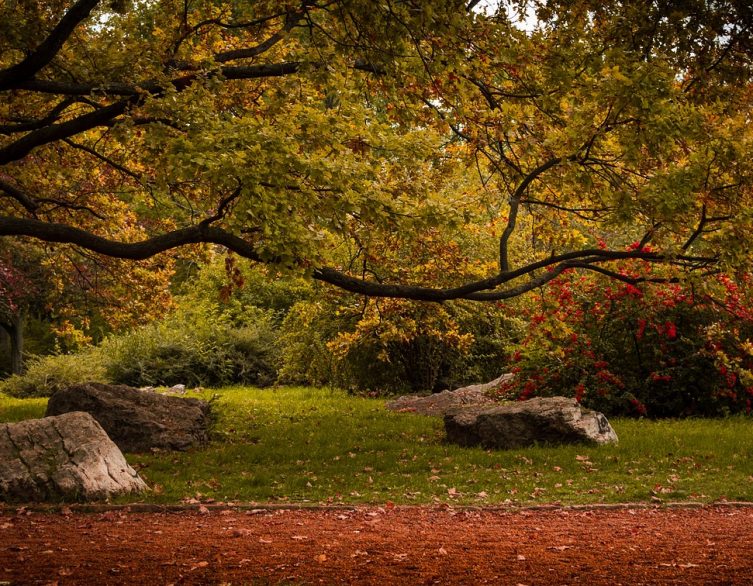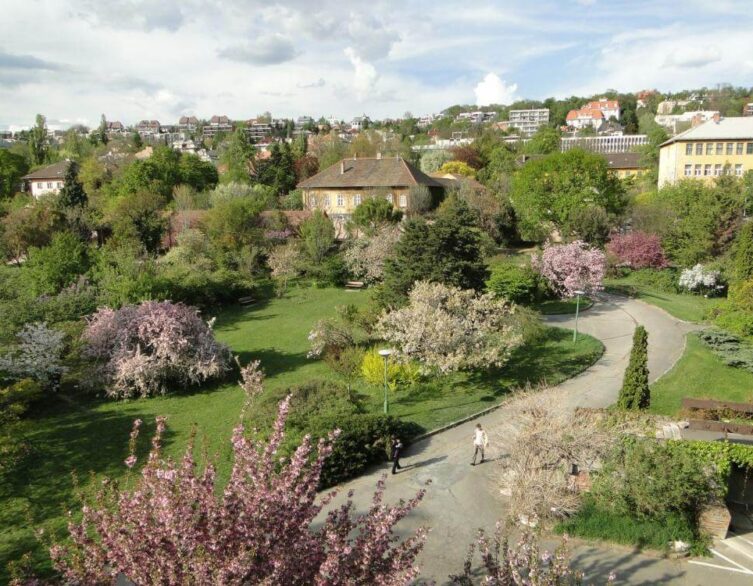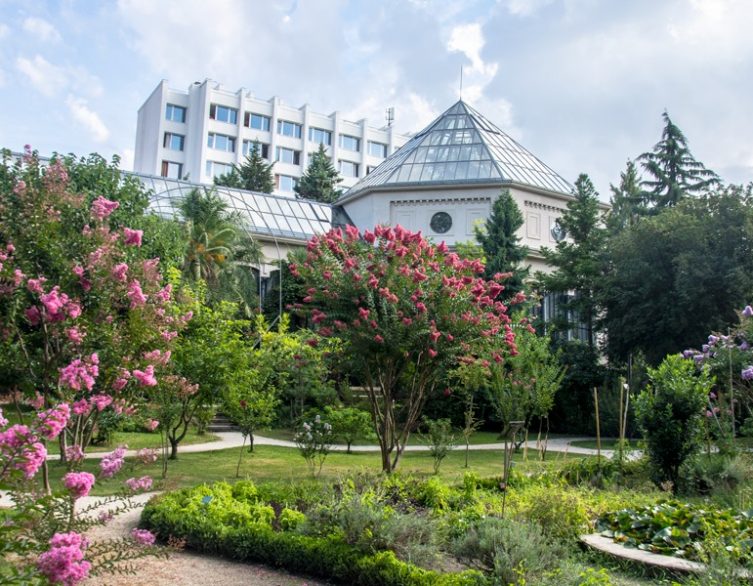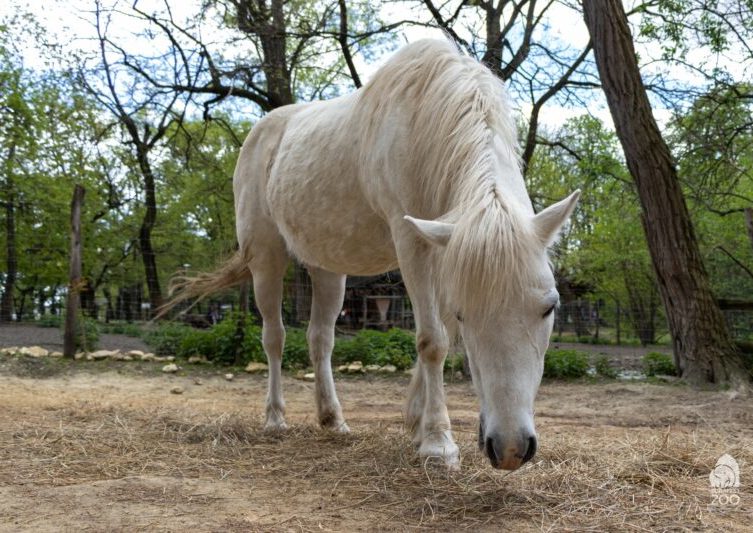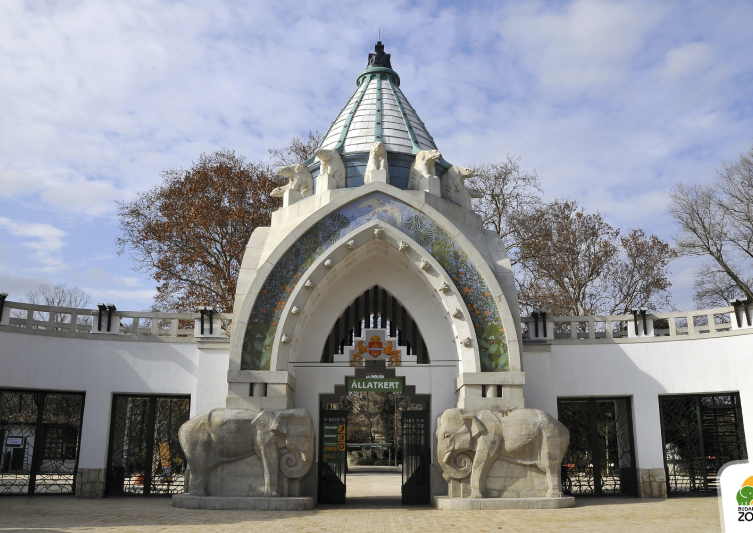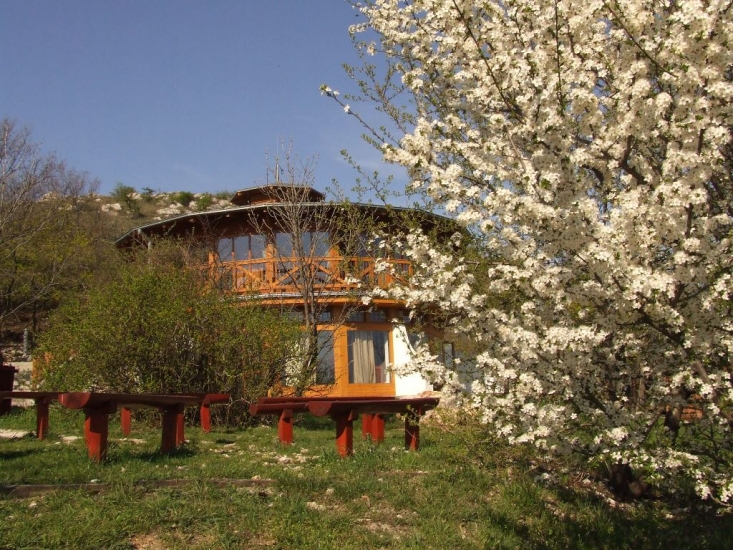Budapest The Green Paradise: Where Nature And Urban City Life Merge
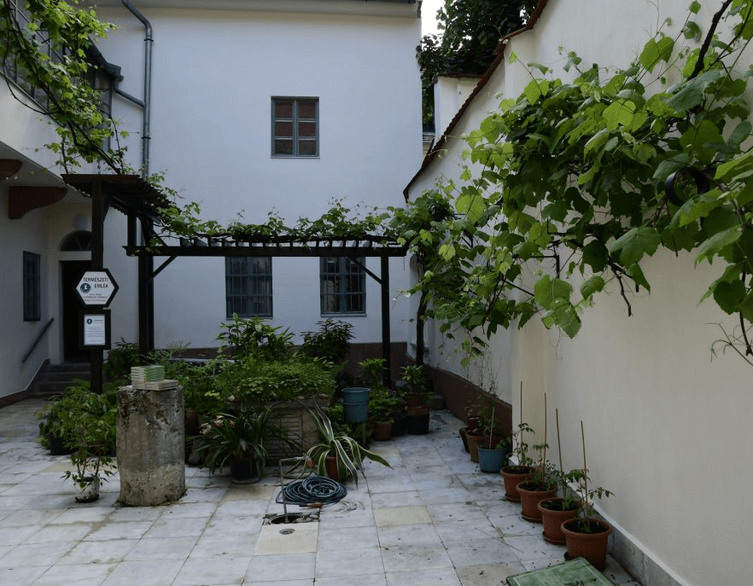
When you think of Budapest, your mind probably conjures images of grand thermal baths, the majestic Parliament building, and the romantic Danube flowing between Buda and Pest. But what if we told you that this stunning capital city harbors over 1,000 hectares of protected natural areas, each offering a completely different perspective on Hungarian culture and landscape? Whether you’re seeking adventure on longer hiking trails or prefer to stay within the city limits for gentle exploration, Budapest’s nature reserves and green spaces provide an extraordinary escape from urban life without ever leaving the metropolitan area.
Escaping Into Budapest’s Wild Side
The beauty of Budapest’s natural offerings lies in their incredible diversity and accessibility. The city’s Nature Protection and Forest Management Department oversees this vast network of protected areas, ensuring that both locals and visitors can experience authentic Hungarian wilderness without venturing far from their hotel. This weekend, with pleasant weather forecasted perfect for outdoor exploration, there’s never been a better time to discover these hidden gems that most tourists never even realize exist.
What makes Budapest truly special among European capitals is how seamlessly urban sophistication blends with untouched natural beauty. You can start your morning sipping coffee in a elegant café on Váci Street, spend your afternoon hiking through pristine forests where deer roam freely, and finish your evening soaking in thermal waters while watching the sunset over the Danube. This remarkable combination of experiences sets Budapest apart from other major European cities and offers visitors a uniquely comprehensive travel experience.
The Sas-Hill Visitor Center: A Geological Wonder in the City
Right in the heart of Budapest, the Sas-Hill Visitor Center represents one of Europe’s most unusual urban nature reserves. This isn’t simply a park or green space – it’s a genuine geological wonder that tells the story of Hungary’s natural history spanning millions of years. When you visit Sas-Hill, you’re stepping into a landscape that existed long before humans settled along the Danube, yet it’s remained remarkably preserved despite being surrounded by a modern metropolis of nearly two million people.
The reserve showcases extraordinary geological formations that provide insight into the volcanic activity that shaped this region eons ago. As you walk the carefully maintained trails, you’ll encounter rock formations, unique mineral deposits, and geological features that geologists from around the world come to study. But you don’t need a degree in earth sciences to appreciate the raw beauty of this landscape – the dramatic rock outcroppings and unusual terrain create a almost alien atmosphere that feels worlds away from the bustling city that surrounds it.
What truly sets Sas-Hill apart is its incredible biodiversity. Despite its urban location, the reserve supports an remarkable array of plant and animal life, much of it unique to this specific microclimate and geological environment. Rare plant species that have adapted to the mineral-rich soil thrive here, while various bird species use the area as a crucial habitat within the urban environment. The reserve serves as living proof that cities and nature can coexist when proper protection measures are implemented.
The Majestic Buda Hills: Adventure Awaits
For visitors seeking more substantial hiking adventures, the Buda Hills stretch along the western bank of the Danube like a natural fortress protecting the city. This picturesque range of low mountains encompasses several distinct nature reserves, each offering its own character and attractions. The Normafa Nature Reserve and the Hármashatár-hegy Nature Reserve represent just two of the protected areas within this larger ecosystem, but they provide access to some of the most rewarding hiking experiences available within any major European city.
The network of trails winding through these hills takes you through dense forests that feel completely removed from urban life. Ancient beech and oak trees create a canopy so thick that even on the brightest summer days, the forest floor remains cool and shaded. These aren’t manicured city parks – they’re genuine wilderness areas where you might encounter deer stepping delicately through the undergrowth, foxes darting between trees, or catch glimpses of the various bird species that call these forests home.
The hiking trails vary significantly in difficulty and length, accommodating everyone from casual walkers to serious outdoor enthusiasts. Some paths meander gently through valleys following ancient stream beds, while others climb steadily to elevated viewpoints that offer breathtaking panoramic views of Budapest spread out below. From these vantage points, you can appreciate how the city has grown organically around the natural landscape, with the Danube serving as its central spine and the hills providing a green backdrop to urban development.
What makes hiking in the Buda Hills particularly rewarding is the sense of discovery each trail provides. Unlike many popular hiking destinations that can feel crowded with tourists, these trails often feel like personal discoveries. You might spend an entire afternoon exploring without encountering more than a handful of other hikers, creating an intimate connection with the Hungarian landscape that’s impossible to achieve in more touristy locations.
Urban Oases: Nature Within the City
For visitors who prefer to stay within the city center while still experiencing Budapest’s natural beauty, the capital offers numerous options that seamlessly blend urban sophistication with genuine green spaces. These aren’t simply decorative parks – they’re carefully maintained ecosystems that support both wildlife and human recreation while contributing to the city’s environmental health.
The Margaret Island stands as perhaps the most beloved of these urban natural areas. This 2.5-kilometer-long island sitting in the middle of the Danube has been transformed into a recreational paradise that feels like a world apart from the bustling city on both shores. As you stroll along its tree-lined paths, you’ll discover lush gardens showcasing both native Hungarian plants and exotic species from around the world. The island’s designers have created distinct zones, each with its own character and purpose, from quiet contemplative areas perfect for reading or meditation to more active zones with sports facilities and playgrounds.
One of the island’s most charming features is its small petting zoo, which provides a delightful surprise for families traveling with children. Here, domestic animals from traditional Hungarian farms live in carefully maintained habitats, offering city-dwelling children and foreign tourists alike the opportunity to connect with Hungary’s agricultural heritage. The petting zoo represents the kind of thoughtful integration of education and recreation that characterizes Budapest’s approach to public spaces.
The City Park, known locally as Városliget, represents another magnificent example of urban green space done right. This sprawling park combines natural beauty with cultural attractions in a way that creates multiple layers of experience for visitors. The park’s beautiful lake serves different purposes throughout the year – during warmer months, visitors can rent boats for peaceful excursions, while winter transforms it into one of Europe’s largest outdoor ice skating rinks.
Within the City Park, you’ll also find the Budapest Zoo & Botanical Garden, which holds the distinction of being Hungary’s oldest zoo and one of the oldest in the world. This institution has evolved far beyond its 19th-century origins to become a modern conservation facility that plays a crucial role in protecting endangered species while educating visitors about biodiversity and environmental protection. The botanical garden component showcases an impressive collection of plant species from around the world, with particular emphasis on species that thrive in Central European climate conditions.
For those seeking a more intimate green space experience, the Károlyi Garden in downtown Budapest offers a perfect respite from urban exploration. This smaller but exquisitely maintained garden provides a quiet sanctuary where you can rest between museum visits or shopping excursions. The garden’s design reflects classical European landscape architecture while incorporating plants native to the Carpathian Basin, creating a space that feels both international and distinctly Hungarian.
The Secret Vineyard: A Hidden Treasure in Buda Castle
Perhaps the most extraordinary and little-known natural treasure in Budapest lies hidden within the Buda Castle district itself. In the courtyard of the building at Bécsi kapu tér 8, you’ll find something completely unexpected – a protected grapevine that represents the only locally protected natural monument in the entire first district. This isn’t simply an ornamental plant; it’s a living piece of Budapest’s agricultural heritage that has been officially protected since 1982.
Best deals of Budapest
The Isabella variety grapevine was planted in 1944, during some of the darkest days of World War II. Over the decades that followed, protected within its courtyard sanctuary, this remarkable plant has spread to cover virtually the entire available space. The vine’s branches now reach lengths of up to 30 meters, while its trunk has grown to an impressive 20-centimeter circumference. What makes this plant particularly special is its ability to produce healthy fruit every year without any chemical treatment, demonstrating the resilience of traditional Hungarian grape varieties.
The building housing this protected vine underwent complete renovation in 2019, but the restoration was carefully planned to ensure the grapevine’s complete protection. Rather than seeing the plant as an obstacle to modernization, the renovation team treated it as the treasure it truly is, even completely rebuilding the wooden framework that supports the vine’s extensive branch system. This approach reflects the Hungarian commitment to preserving natural heritage even within urban development projects.
Visiting this hidden vineyard requires permission from the building’s residents, which adds to its special character. This isn’t a tourist attraction in the conventional sense – it’s a genuine piece of living history that continues to thrive in the heart of one of Europe’s most historic neighborhoods. The vine serves as a reminder that nature and urban life can coexist successfully when humans take responsibility for protection and stewardship.
Technology Meets Nature: The Future of Urban Forest Management
Budapest’s commitment to protecting and maintaining its green spaces extends beyond simple preservation to embrace cutting-edge technology that ensures these natural areas remain healthy and safe for future generations. Recently, the city has begun implementing artificial intelligence systems to monitor and manage its vast urban forest, representing one of the most innovative approaches to urban forestry currently being deployed anywhere in Europe.
The system works through a specially equipped vehicle that travels through parks and green spaces, using advanced laser scanning technology and 360-degree cameras to create detailed digital maps of every tree. In just one day, this technology can survey approximately 12,000 trees, creating a comprehensive database that would take human surveyors weeks or months to compile using traditional methods.
The artificial intelligence component analyzes the collected data to identify tree species, assess their physical condition, and create three-dimensional digital models of individual trees. This system can detect problems that might not be visible to human observers, such as internal weakness, disease symptoms, or structural issues that could pose safety risks. The AI can also identify trees that are leaning dangerously or have dead branches that need removal before they become hazardous.
This technological approach to forest management represents more than just efficiency – it reflects Budapest’s forward-thinking approach to urban environmental challenges. Climate change has created new stresses on urban trees, from extended drought periods to more severe storms, and traditional management approaches are no longer sufficient. By combining artificial intelligence with detailed environmental monitoring, Budapest is developing management strategies that can adapt quickly to changing conditions while ensuring public safety.
The success of this pilot program in Népliget (People’s Park) has been so promising that city officials are planning to extend the digital mapping project to additional green spaces throughout Budapest. This expansion will create one of the world’s most comprehensive urban forest databases, providing invaluable information for both immediate management decisions and long-term environmental planning.
The Critical Importance of Protecting Budapest’s Natural Heritage
Budapest stands among Europe’s most naturally wealthy capitals, with 4,000 hectares of protected land within its boundaries and an additional 800 hectares worthy of protection. This represents nearly 10 percent of the city’s total area, placing Budapest alongside Vienna and Stockholm while surpassing them in natural diversity and species richness.
The city’s Nature Protection and Forest Management team oversees 1,025 hectares of protected areas through innovative conservation programs. These include 950 bird boxes and 50 bat houses that support successful urban wildlife breeding, plus 46 insect hotels providing crucial habitat for pollinators struggling in developed environments.
Budapest’s sophisticated approach extends to preserving dead wood in over 100 locations, supporting decomposer organisms and wildlife shelter, while strategic practices like storing leaf litter for hedgehog winter homes demonstrate comprehensive ecosystem thinking.
Major challenges include invasive plant species escaping from gardens to colonize native habitats, and illegal waste dumping that requires collecting 70-75 tons of debris annually from protected areas. Volunteers frequently assist cleanup efforts, though proper municipal disposal options exist.
The city’s commitment extends internationally through the EU’s LIFE Biodiverz City project, where Budapest contributes managed areas as demonstration sites for innovative urban biodiversity conservation, sharing successful techniques with other European cities facing similar challenges.
Planning Your Natural Budapest Adventure
The forecast for pleasant weather this weekend makes it an ideal time to explore Budapest’s natural treasures, whether you’re interested in challenging hikes through the Buda Hills or gentle strolls through the city’s urban parks. The beauty of Budapest’s green space network is its incredible accessibility – you can reach most locations using the city’s excellent public transportation system, making it easy to combine natural exploration with other tourist activities.
For longer hiking adventures in the Buda Hills, early morning starts offer the best conditions and the greatest chance of encountering wildlife. The hills are particularly beautiful during the golden hours just after sunrise and before sunset, when the light filtering through the forest canopy creates an almost magical atmosphere. These times also tend to be cooler and more comfortable for extended hiking, especially during the warmer months.
Urban green spaces like Margaret Island and City Park are accessible throughout the day and offer different experiences depending on when you visit. Morning visits tend to be quieter and more conducive to wildlife observation, while afternoon and evening visits offer more opportunities to observe how locals use these spaces for recreation and socializing.
The integration of nature and urban life that Budapest has achieved represents something special in European city planning. Rather than treating green spaces as afterthoughts or mere decoration, the city has recognized them as essential infrastructure that contributes to environmental health, quality of life, and cultural identity. This approach creates opportunities for visitors to experience authentic Hungarian landscapes and ecosystems without sacrificing the conveniences and attractions of urban tourism.
Whether you spend an entire day hiking through protected forests, an afternoon exploring urban parks, or just a few minutes admiring a historic grapevine in a hidden courtyard, Budapest’s natural areas offer experiences that will enrich your understanding of both Hungarian culture and the possibilities for sustainable urban development. These green spaces represent Hungary’s commitment to preserving its natural heritage while embracing the future, creating a model for other cities to follow and providing visitors with memories that extend far beyond traditional tourist attractions.
Related news
Related attractions

















